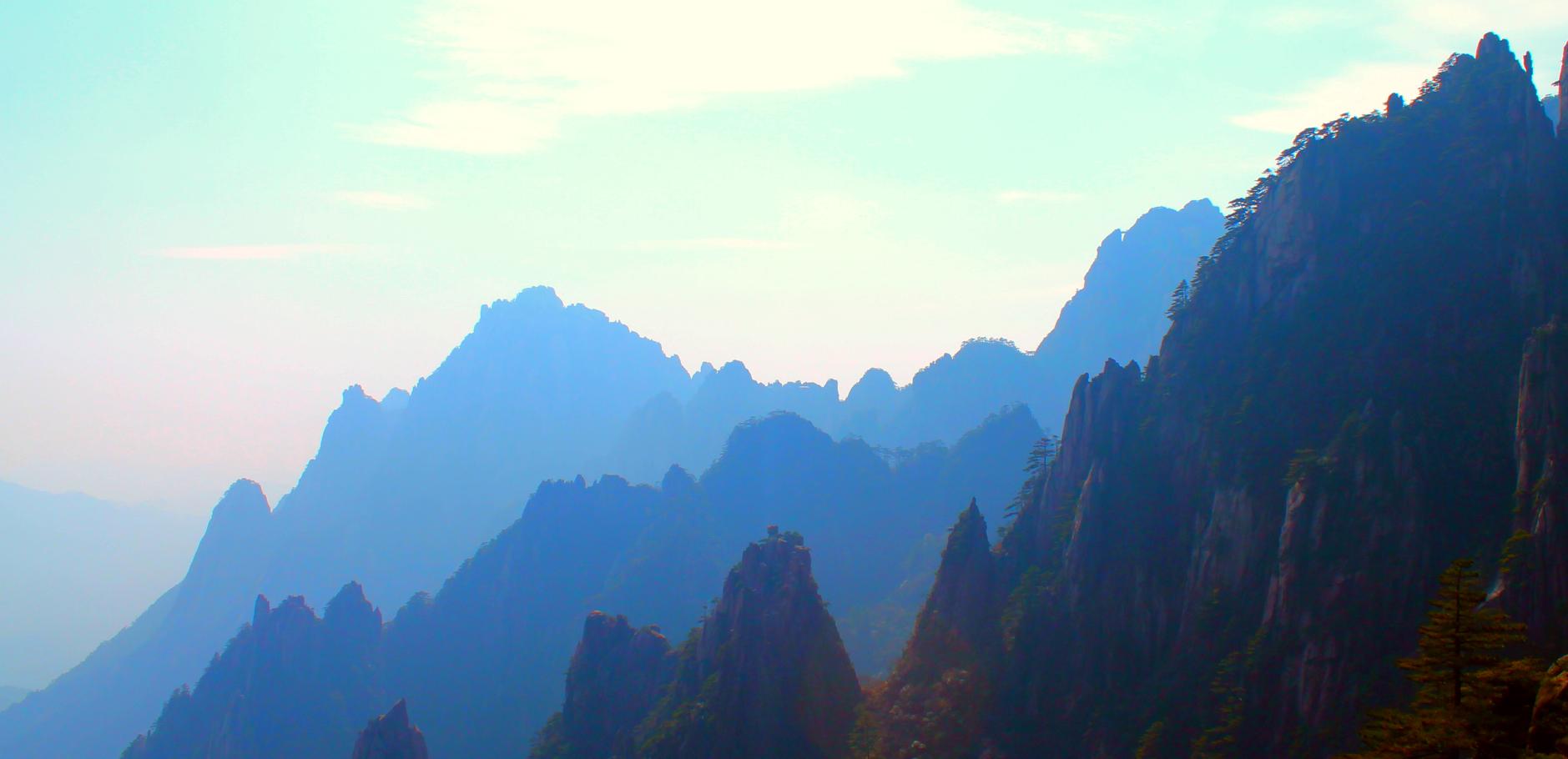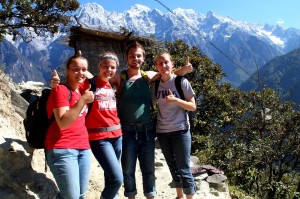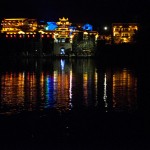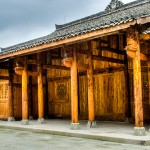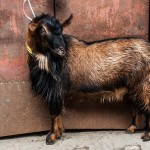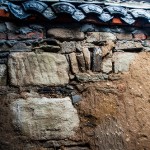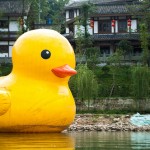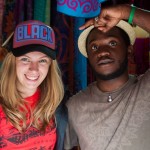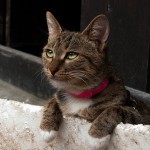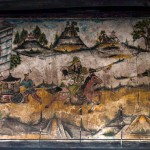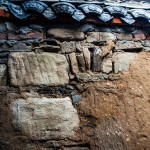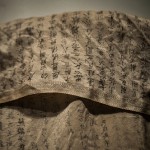Huangshan and Nanjing: A Medley of Experiences
After bidding our Anqing host families farewell, we hopped a bus to the foot of Huangshan, or Yellow Mountain. The following morning, we rode out to the mountain, where we experienced a wealth of people queuing up to take the cable car up the mountain. For me, at least, this was a time … Continue Reading ››
